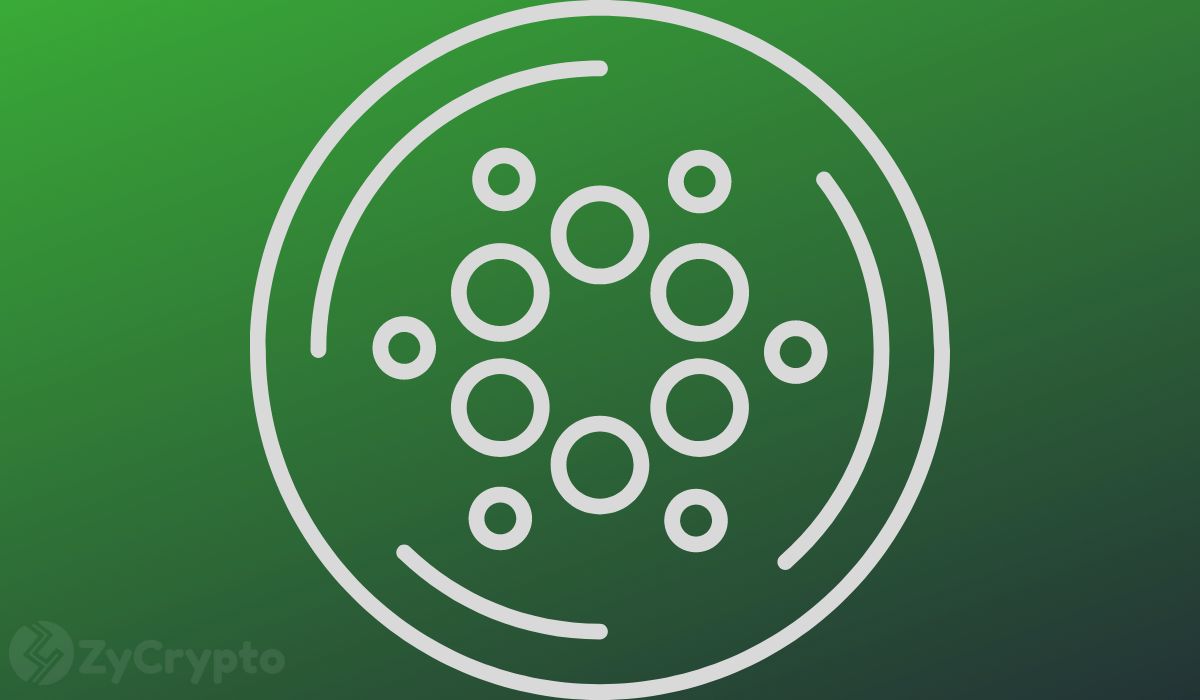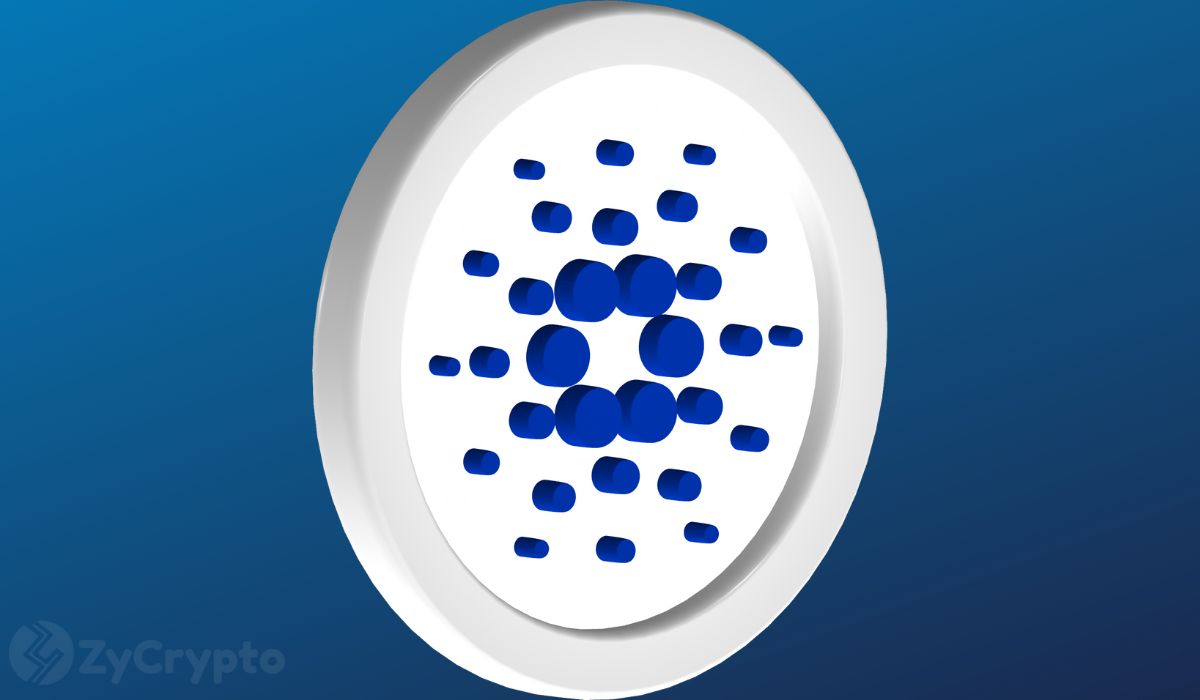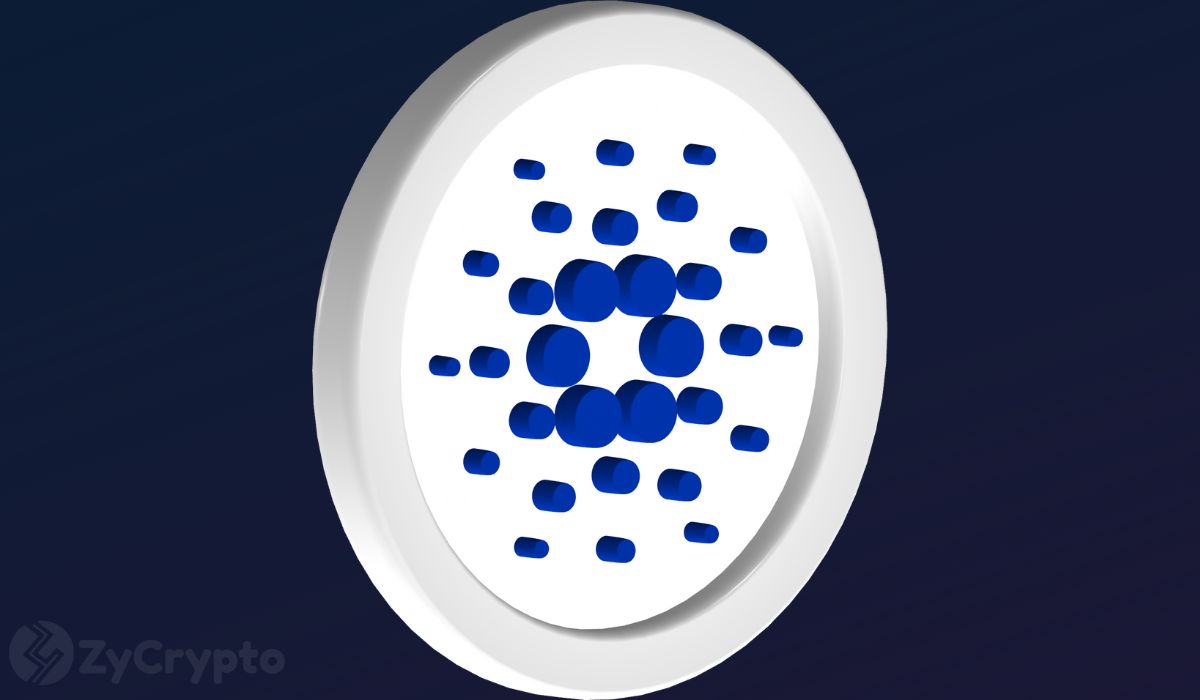2018-9-6 00:33 |
“Over the last few months, the IOTA network has seen a significant increase in activity as more and more developers start to implement solutions based on the Tangle,” reads an update post on IOTA’s Medium publication. While growth is generally a good thing, the post continues by saying that some nodes may not have the hardware to handle the growing network.
The post author, IOTA’s developer, Hans Moog, details global snapshots, which IOTA has done for quite some time. With these, “transaction history is pruned, and the resulting balances are consolidated into a new genesis state that allows nodes to start over, with an empty database.” But, with the growing network size, global snapshots are becoming inefficient, requiring the team to:
“Temporarily stop the coordinator. Generate the snapshot state. Give the community time to verify the generated files. And finally restart the coordinator.” A Local SolutionTo combat this, IOTA is working to implement “local snapshots”. While always a part of the traditional roadmap, local snapshots are currently being tested before rolling out the network.
The solution should allow new nodes to sync up in minutes, going off of a tiny local file. Disk sizes are significantly reduced, with the team already running nodes with just a few hundred megabytes of space. Local snapshots will allow nodes to run for years without upkeep, also gaining the ability to handle thousands of transactions per second. No longer will network size be a problem.
In understanding local snapshots, it’s important to know that IOTA’s ‘Tangle’ network isn’t like a traditional blockchain. Instead, Tangle uses the Internet of Things (IoT) technology combined with a directed acyclic graph to make transactions without any fees.
To participate in the network, a device (node) must verify two previous transactions before making its own. Then, when the node connects to the net to start its transaction, it also syncs the two previously verified ones.
Of course, this means that participating devices must also store transactions, which can take up a ton of space after a long time. However, this approach speeds up transaction times and allows for an infinitely scalable network, assuming that the user base continues to grow.
Suggested Reading : Learn more about IOTA here.
A Different Way To PruneWith the new system, users no longer need a copy of the entire history of verified transactions. Instead, a local snapshot connects to a previously confirmed transaction and provides the history from that point, while also cleaning up any unverified transactions related to it in a process called “pruning”.
This approach also allows new nodes to quickly sync up to the network, with the process consistently repeating to keep file sizes down. The new pruning method now enables permanodes, or those who choose to keep the entire history on their device. Permanodes were previously not possible on IOTA’s network due to global snapshots effectively restarting the whole database.
Moog summarizes the post by stating:
“The upcoming feature of Local Snapshots will not just solve the space problems that arise with the growing adoption of IOTA, but will also simplify the setup of new nodes and allow organisations and community members to operate permanodes.”
He also reveals that a local snapshot beta test will start in a few weeks, with more information to be found in the IOTA Discord.
The post IOTA Developer Details New Scalability Solution: Local Snapshots appeared first on UNHASHED.
origin »IOTA (IOTA) íà Currencies.ru
|
|






